You don’t necessarily need to get 10,000 steps each day to see health benefits, according to research published in the European Journal of Preventive Cardiology.
The meta-analysis, which analyzed data from 17 studies and 226,889 people, underscores the importance of walking any amount — even if it seems small.
The authors found that walking 3,967 steps or more each day reduced the risk of death from any cause. Walking 2,337 or more steps each day lowered the risk of death from cardiovascular disease, which includes both heart disease and stroke. Researchers also discovered that walking 1,000 more steps each day saw a 15% lower risk of all-cause mortality and that increasing walks by 500 steps each day brought a 7% lower risk of death from cardiovascular disease.
All of this is a welcome piece of news as most people struggle to hit that 10,000-step goal.

“The problem has been that the recommended 10,000 steps per day and the definition of physical inactivity of less than 5,000 steps per day has been really difficult for most patients to achieve ... it almost leads to a sense of fatalism that many members of the public feel that they can’t reach these recommendations,” said Dr. Keith Ferdinand, the chair of preventative cardiology at Tulane University School of Medicine in New Orleans.
The research “does not mean that the 10,000 steps per day recommendation is wrong, it just gives the public some confidence that moderate activity is better than none,” said Ferdinand, who was not affiliated with the study.
In fact, the more you walk, the better your well-being. The research found that people who walked more steps had the lowest risk of premature mortality. Specifically, those who walked 20,000 steps or more each day.
“If you can’t achieve 10,000 steps per day, don’t despair. Some activity is better than none. But then, on the other hand, if you can safely achieve those 10,000 steps per day, you may even have greater benefit in terms of mortality,” Ferdinand added.
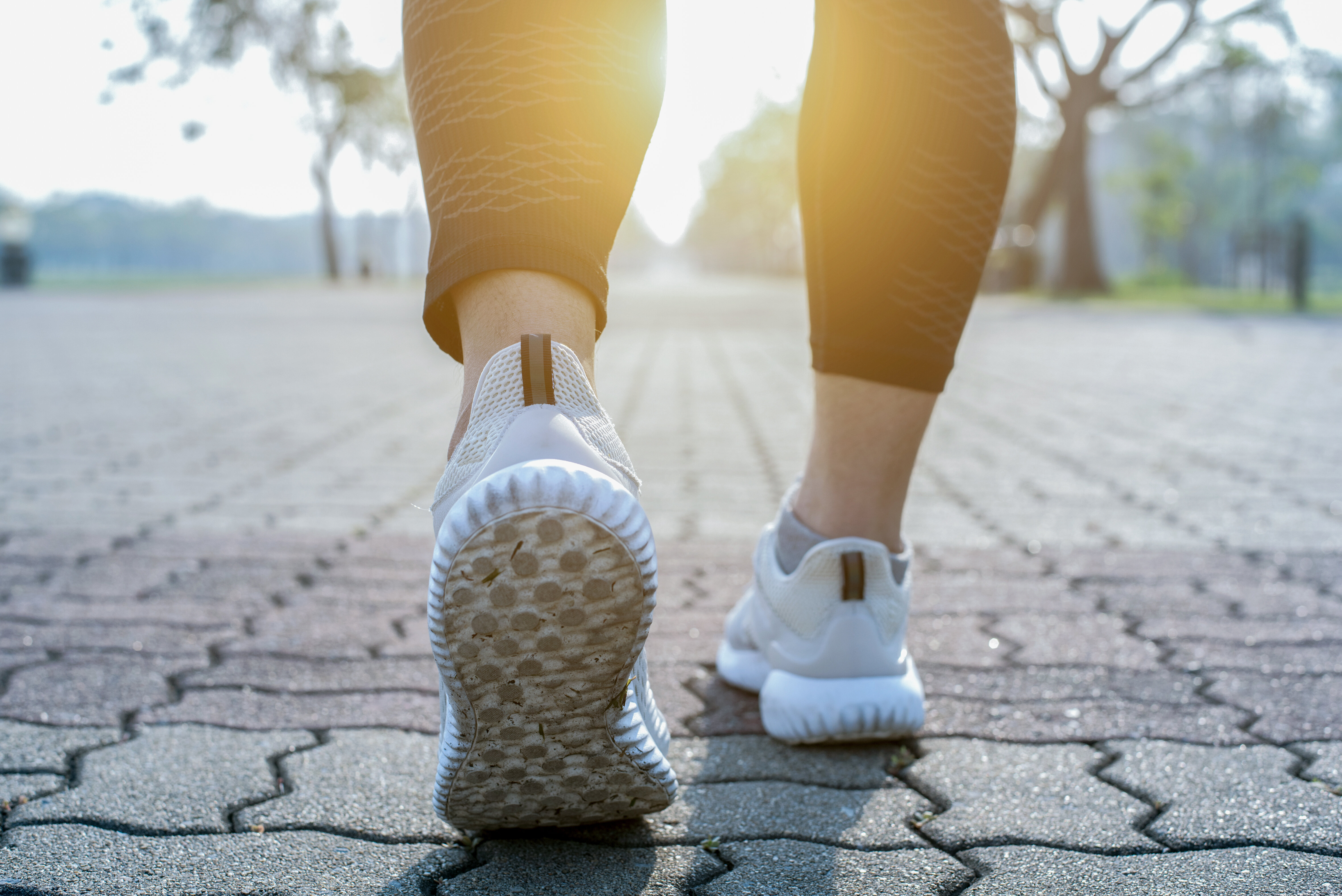
How To Get Your Steps In
“The American Heart Association suggests 150 minutes of moderate activity, and it’s not just getting those 10,000 steps. It could be things that we often don’t think of as exercise,” Ferdinand said.
This includes moderate housekeeping, gardening, walking with your kids and walking your dog, he said.
“It doesn’t have to be a purposeful going to a gym or purposeful walking program, but being physically active for that 150 minutes ... appears to be healthy,” Ferdinand explained.
But if you do want to go for a walk, he said consider going with a buddy for safety’s sake and be sure to be mindful of the weather — it has been a hot summer throughout much of the country, which can be dangerous for walkers.
You can try talking a walk inside of a shopping mall or around an unused basketball court at you local community center, he said. You can also consider walking up and down the stairs in your house, creating a loop to walk inside your home or visiting a grocery store for a stroll.

Ferdinand said that after reading the study, his focus is on motivating people 60 and older to get out for a walk since one of the steepest benefits was seen when study participants got in 6,000 to 10,000 steps per day.
Whatever you decide to do, it’s clear that movement of any sort is valuable. “More is better, but some is better than none,” Ferdinand noted.
Though a lower-than-expected daily step count resulted in a benefit in terms of cardiovascular health and overall mortality risks, this does not mean you should cut yourself off once you hit that lower number.
“We want to make sure the lay public who gets this information from this meta-analysis doesn’t get the unintended consequence of ‘Well, I can just do 2,000 steps or 4,000 steps and call it a day.’ If you can do more safely and in an environment which has some degree of comfort, then that is even better,” Ferdinand said.
Looking for the best walking shoes? These comfy shoes keep older folks in mind with features like orthopedic support, roomy toe boxes and Velcro straps, and they’re recommended by podiatrists.
HuffPost may receive a share from purchases made via links on this page. Every item is independently selected by the HuffPost Shopping team. Prices and availability are subject to change. The experts consulted for this story do not necessarily endorse the products below unless otherwise noted.
Men's Adidas Ultraboost 20 sneaker

Women's Dr. Comfort Victory shoe
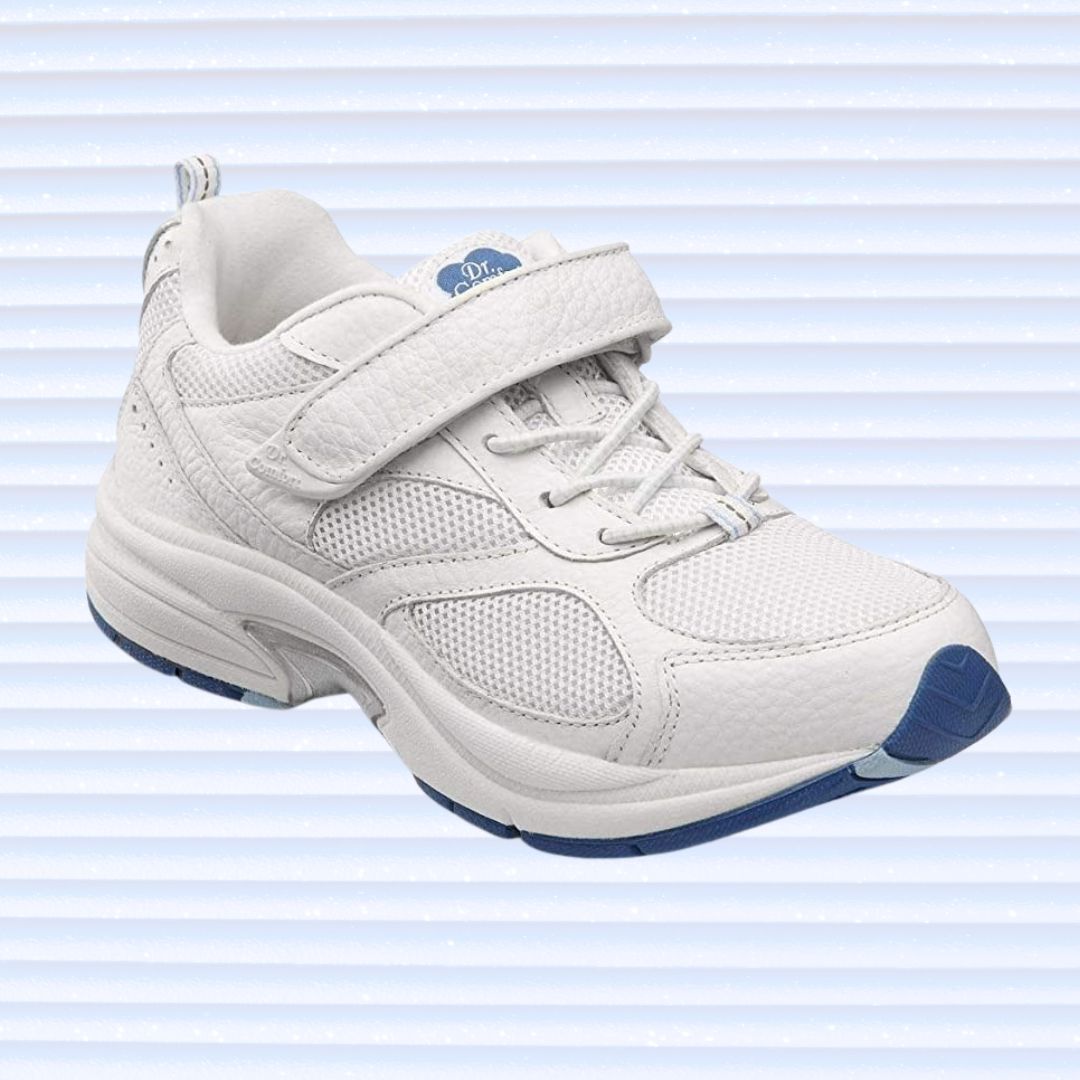
Vionic Walker classic shoe
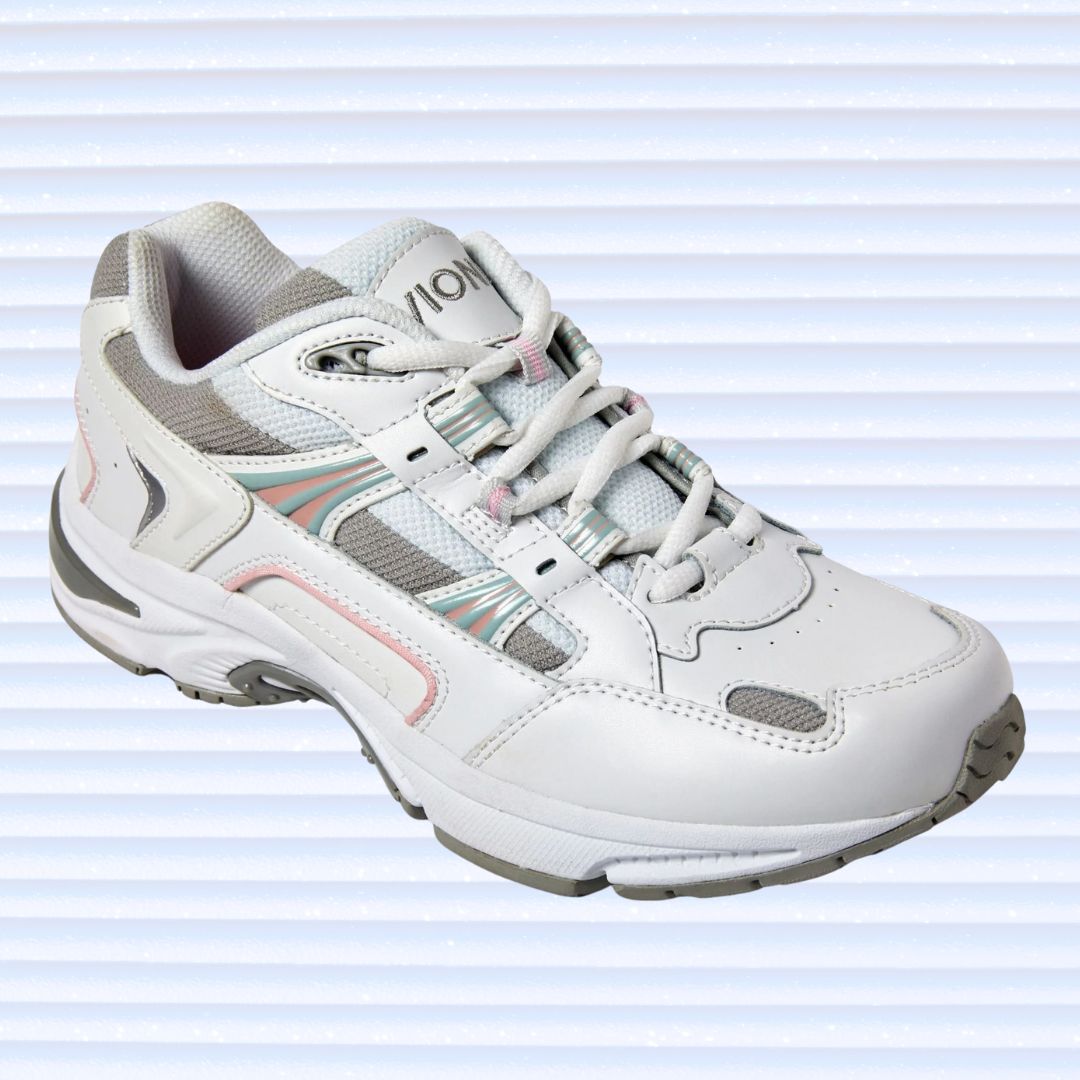
Women's Orthofeet Francis walking shoe
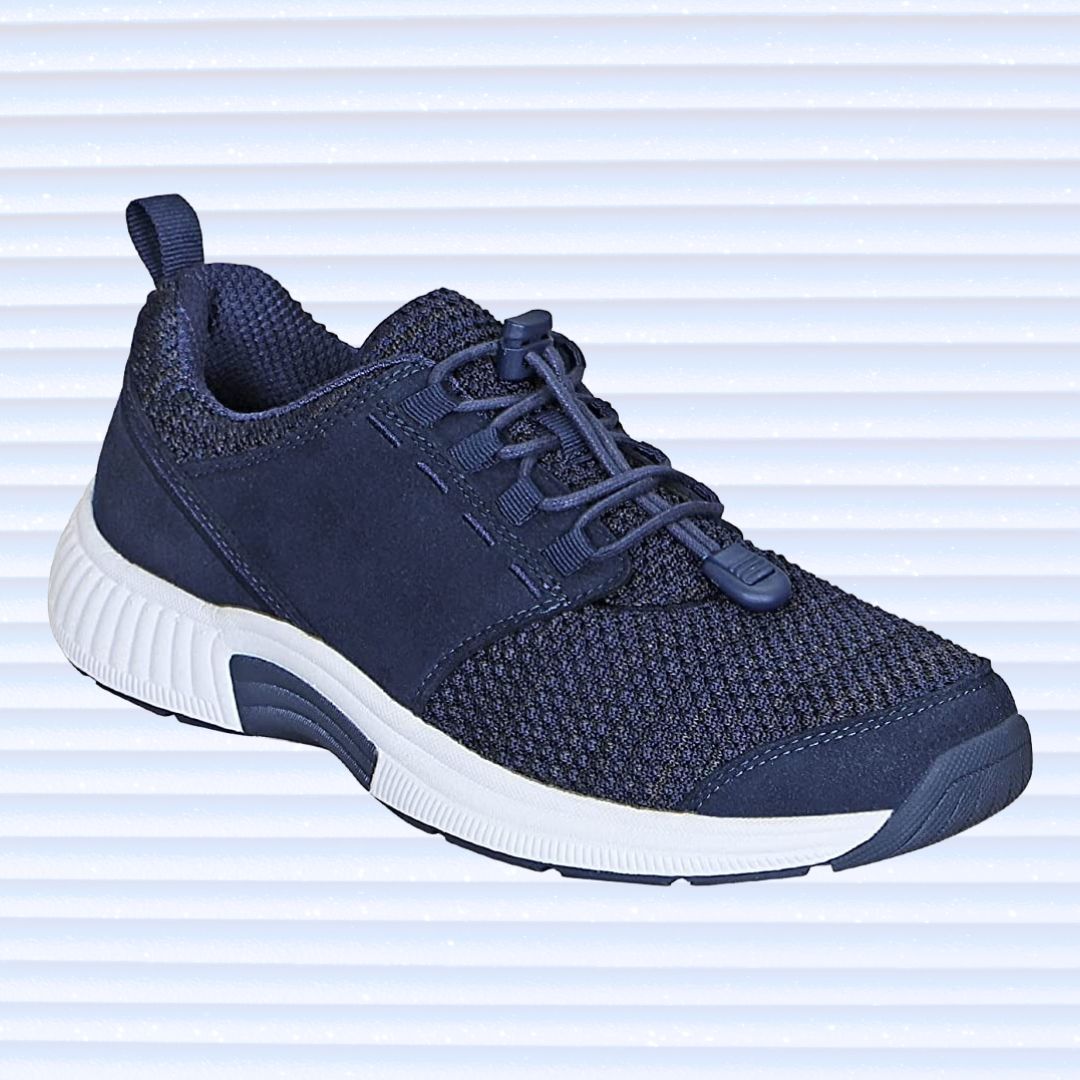
Skechers Go Walk Arch Fit sneaker

Women's Orthofeet Joelle shoe

New Balance 990v5 shoe
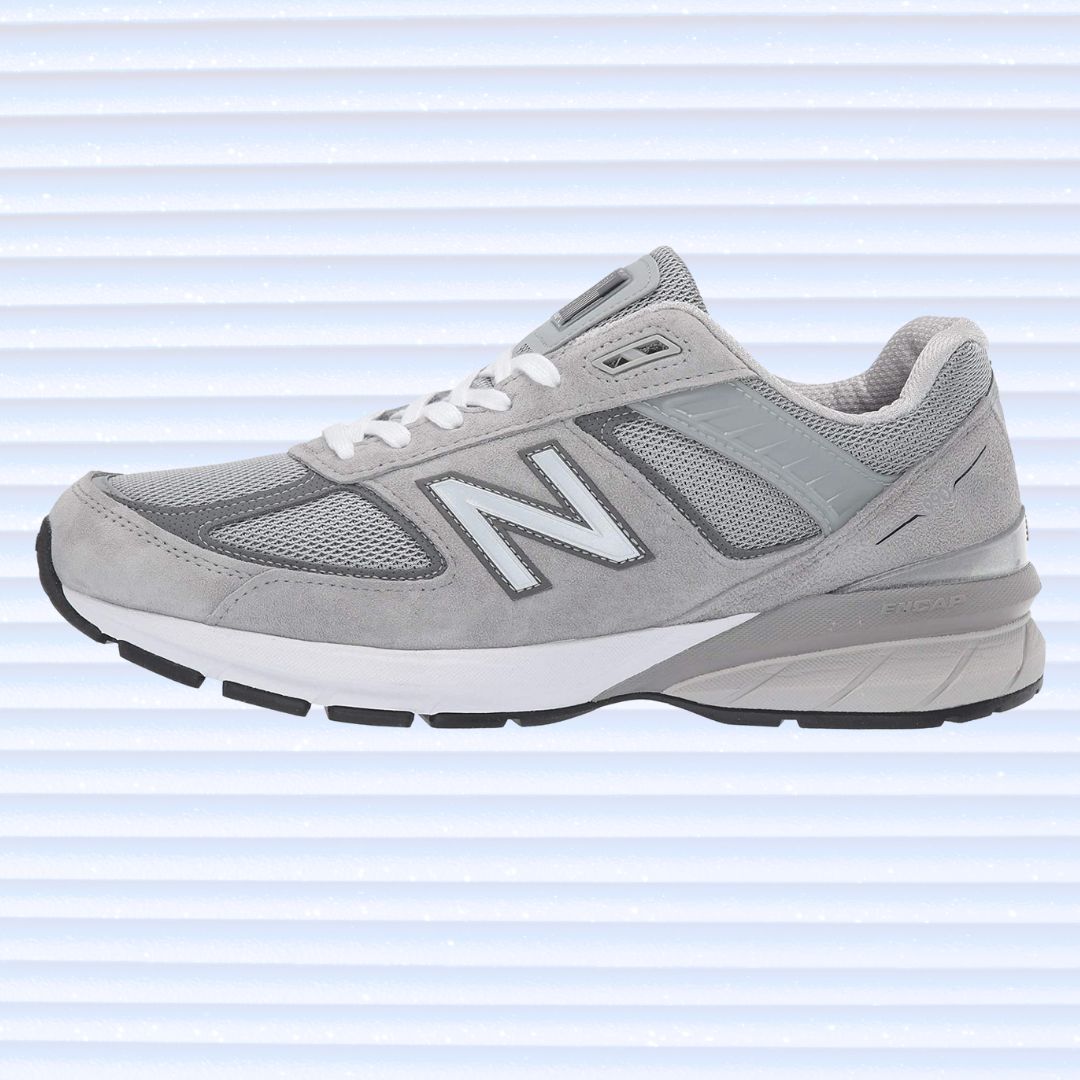
Skechers Glide Step shoe
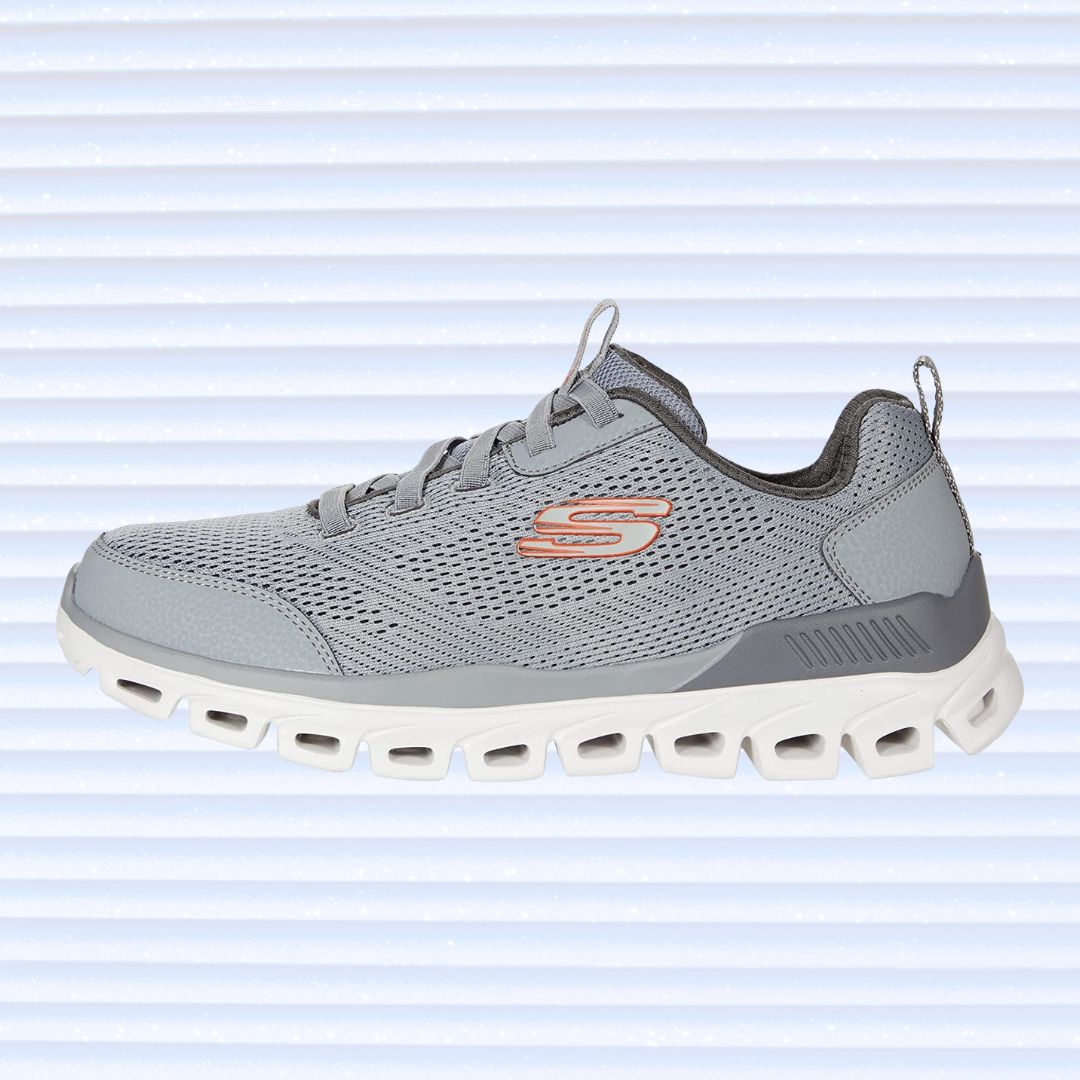
Saucony Omni Walker 3 shoe
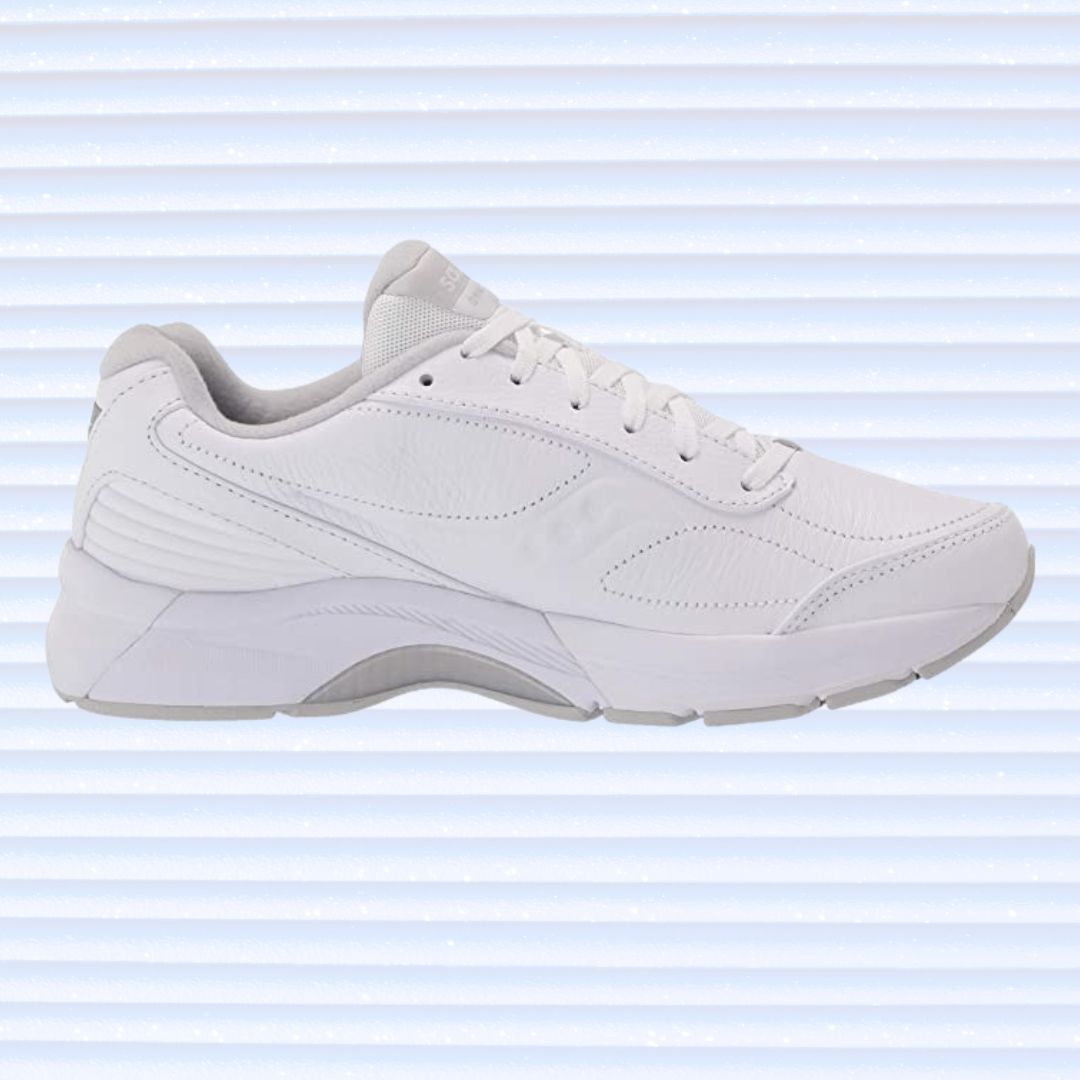
This post originally appeared on HuffPost.
